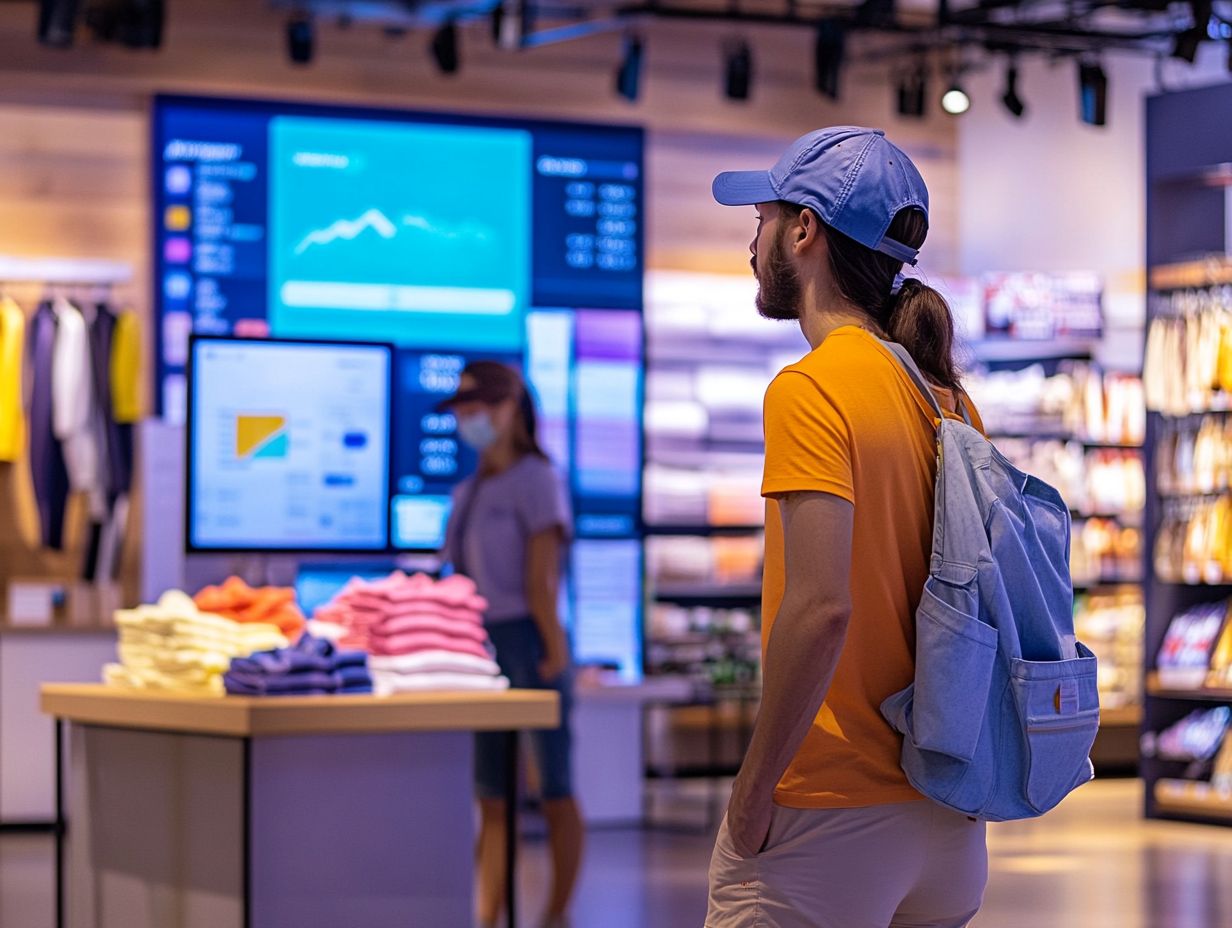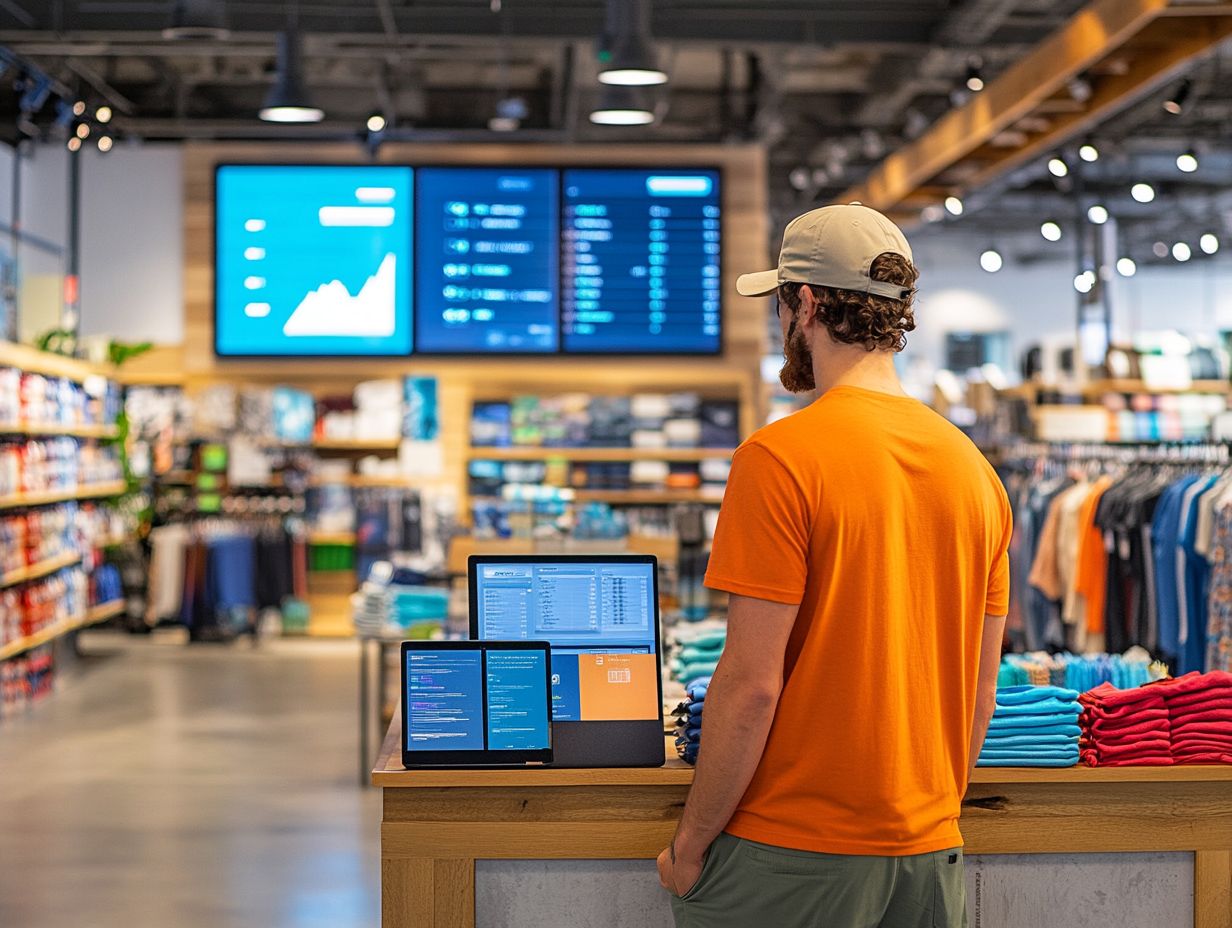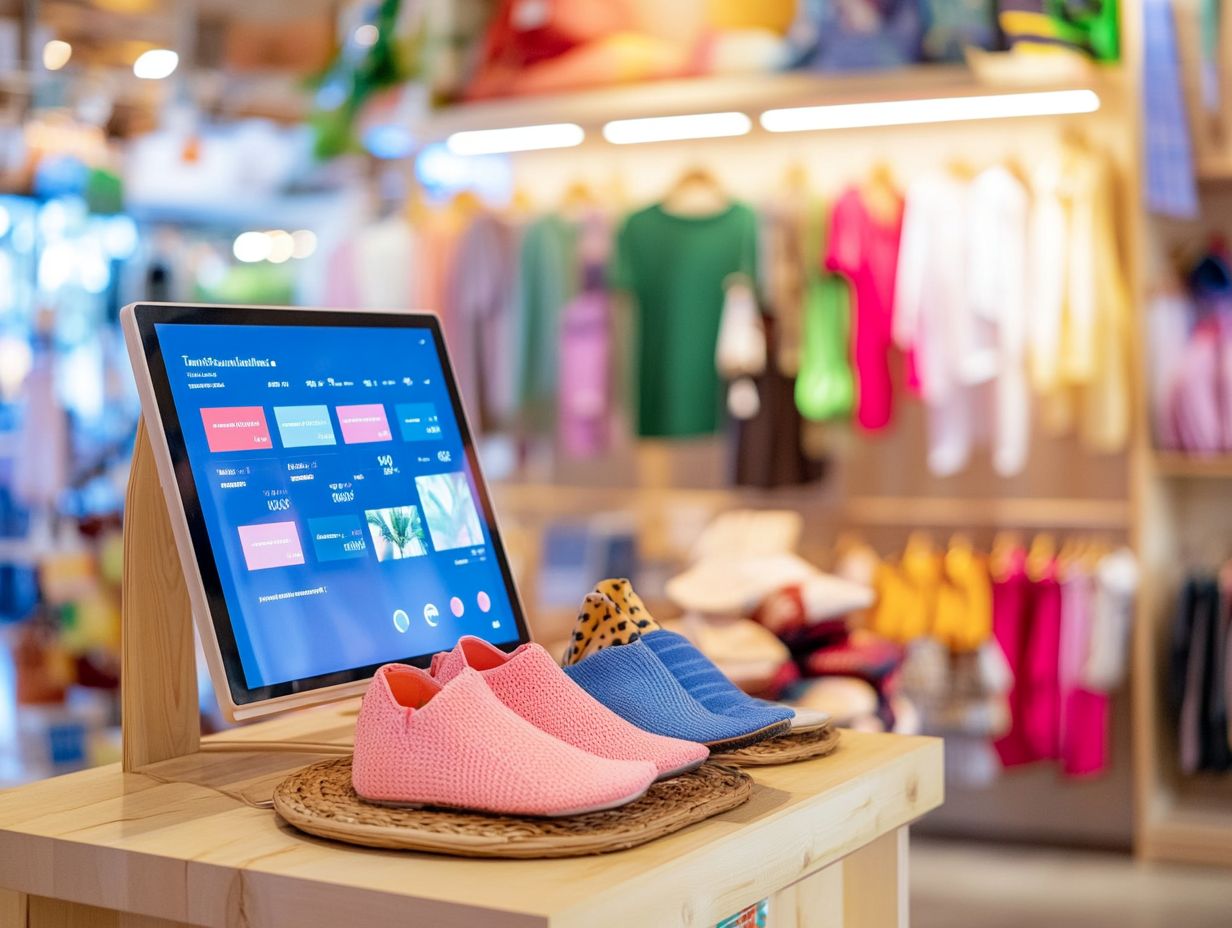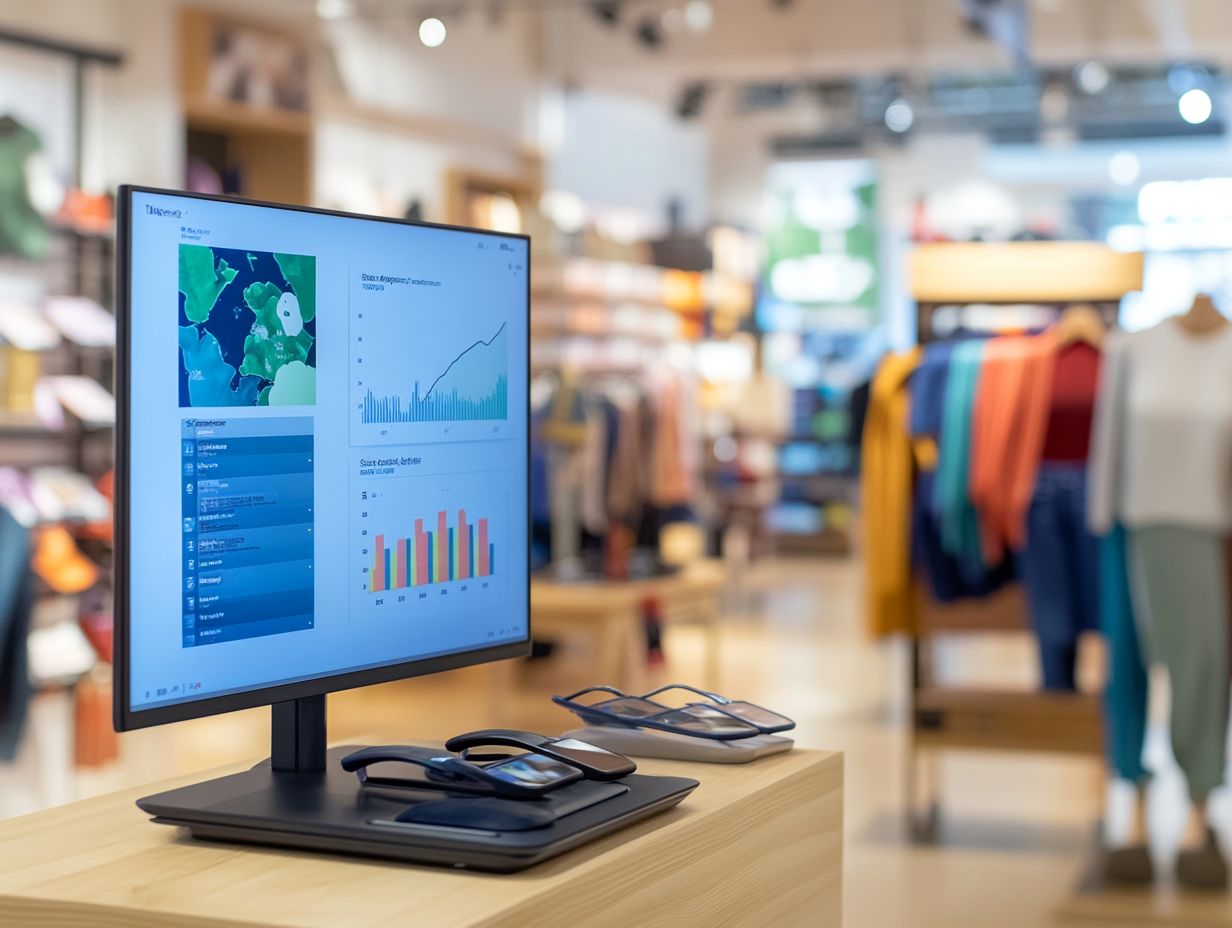In today’s competitive retail landscape, understanding foot traffic analytics has become essential for survival. By analyzing customer movement patterns, retailers can make informed decisions about inventory management, optimize store layouts, and enhance marketing strategies. This article will explore how foot traffic analytics helps identify peak shopping times and how retailers can leverage this information to effectively promote seasonal products. It will also examine the benefits of understanding these patterns, ranging from increased sales to improved customer satisfaction, and discuss how retailers can utilize this data to ensure a profitable business.
Understanding Foot Traffic Analytics

Foot traffic analytics is a specialized area of business analytics that focuses on examining foot traffic patterns in retail stores. These analytics solutions gather data on customer behavior and in-store traffic patterns, providing valuable insights into various aspects of retail, such as the number of customers present in a store at any given time, the average duration of each visit, and peak shopping times. These insights are crucial for retailers to comprehend consumer behavior and assess store performance, ultimately leading to data-driven decisions.
By understanding how, when, where, and why customers navigate through stores and shopping centers, retailers can enhance the overall shopping experience. This knowledge allows them to better address customer preferences, such as optimizing inventory levels, organizing store layouts, employing effective merchandising strategies, and prioritizing specific areas during promotional campaigns.
As consumers increasingly turn to e-commerce, foot traffic analytics offers retailers critical insights to prevent lost sales and develop strategies for customer retention and acquisition, including enhancing shopper engagement through targeted marketing strategies.
By leveraging advanced analytics on foot traffic data, retailers can make informed decisions about business strategies and improve operational efficiency. Understanding peak shopping times and seasonal trends can also aid in inventory management, enabling retailers to stock specific items in the right areas at the right times, thereby increasing the likelihood of sales.
Definition and Importance for Retailers
Foot traffic refers to the number of customers who enter a retail location during a specified period, and it serves as a crucial metric for retailers due to its direct correlation with potential sales and customer engagement. This metric is a foundation for thorough retail optimization and provides actionable shopper insights.
To operate their businesses more effectively and increase profitability, retailers must understand foot traffic. Analyzing foot traffic patterns provides valuable data on customer shopping behavior, peak shopping times, and seasonal variations.
This data can be utilized for sales forecasting and demand forecasting, allowing retailers to anticipate busy periods and adjust their staffing and inventory levels accordingly. Furthermore, insights gained from foot traffic patterns can inform promotional strategies, enabling retailers to understand the factors that drive store visits, optimize the customer journey, and tailor their advertising and in-store experiences accordingly.
Ultimately, a deeper understanding of foot traffic leads to well-considered choices and an enhanced shopping experience.
Benefits of Tailoring Seasonal Inventory

Tailoring seasonal inventory is essential for retailers to adapt to changing consumer preferences and buying behaviors throughout the year, ultimately boosting sales and enhancing customer satisfaction.
By analyzing foot traffic patterns and sales trends, businesses can more effectively manage their seasonal inventory in accordance with seasonal shopping behaviors and consumer patterns.
Increase in Sales and Customer Satisfaction
Seasonal inventory management, aligned with foot traffic data and shopping patterns, significantly enhances sales and customer satisfaction. Retailers that monitor foot traffic during key shopping periods, such as holidays or back-to-school season, can effectively stock popular items that customers are seeking.
By pairing complementary products—like clothing with accessories or home decor with seasonal items—retailers can optimize the shopping experience. Additionally, improving visual merchandising techniques, such as strategically positioning signage or utilizing seasonal displays, can capture customer interest and drive purchases.
Implementing targeted promotional strategies, such as limited-time discounts or loyalty rewards, can further increase customer engagement, resulting in higher sales and improved brand loyalty.
Ways Retailers Use Foot Traffic Analytics

Retailers utilize foot traffic analytics to enhance store performance, optimize inventory management, and gain valuable insights into customer behavior, shopping trends, and purchase behavior.
By leveraging data analysis techniques, predictive analytics, and the Internet of Things (IoT) in retail, businesses can uncover traffic patterns that inform adjustments to their operational strategies and improve operational efficiency.
Identifying Peak Shopping Times
Understanding peak shopping times is essential for merchants, as it directly influences their staffing levels, inventory management, and promotional strategies, ultimately affecting sales performance and inventory turnover.
By analyzing foot traffic metrics and utilizing traffic pattern analysis, merchants can gain valuable insights into consumer behavior. This data reveals not only the times of peak customer visitation but also the specific days and hours when sales are highest.
Recognizing this information enables businesses to schedule staff effectively during busy periods and adjust inventory levels to align with anticipated demand. Additionally, merchants can time their promotions to coincide with peak shopping periods, thereby maximizing sales opportunities and enhancing customer experience.
Optimizing Product Placement and Store Layout

Optimizing product placement and store layout based on foot traffic patterns can greatly enhance the customer experience while driving higher sales through effective visual merchandising.
By understanding where customers tend to linger and the pathways they follow within a store, businesses can make informed decisions about which items to showcase prominently. This strategic approach not only captures customer attention but also aligns with their preferences, leading to increased engagement and improved store traffic data.
Analyzing foot traffic reveals peak shopping times and high-traffic areas, offering valuable insights for designing store layouts that naturally guide shoppers through products and enhance the retail insights gathered from footfall measurement.
Ultimately, a well-structured store environment promotes popular items and encourages impulse buying, thereby boosting overall sales, customer satisfaction, and return on investment.
Targeting Marketing Strategies
Effectively targeting marketing strategies is crucial for retailers aiming to enhance customer engagement and brand loyalty, especially during key shopping seasons identified through traffic data analysis and shopper demographics.
By understanding foot traffic patterns, retailers can capitalize on peak shopping times and adjust their promotional strategies accordingly. For instance, during the holiday season, a retailer might observe that foot traffic significantly increases on weekends.
In response, they could implement targeted email campaigns or social media ads highlighting special in-store events or exclusive discounts available only on weekends to encourage more shoppers to visit. Successful retailers often review data from past holiday seasons to refine their future strategies.
A notable example is the clothing brand Old Navy, which launched a ’12 Days of Deals’ in-store promotion that resulted in a significant boost in holiday foot traffic. This promotion was informed by data from previous holidays that pinpointed peak shopping days.
Providing targeted insights into such information allows for a more personalized shopping experience, ultimately fostering customer satisfaction and loyalty.
Tracking Customer Behavior and Preferences
Tracking customer behavior and preferences through visitor analytics and customer profiling is essential for retailers, as it provides valuable insights into shopping habits that can directly impact sales performance and lead to improved retail performance metrics.
By utilizing customer surveys, loyalty programs, and advanced tracking technologies such as location intelligence, retailers can gain a deeper understanding of their audience and improve shopper experience.
Analyzing demographic data such as age, gender, and location enables businesses to tailor their marketing strategies more effectively. This demographic analysis, in turn, can enhance customer engagement and increase conversion rates, fostering customer loyalty.
Additionally, employing machine learning algorithms can refine these insights, allowing retailers to predict future shopping behaviors based on historical interactions.
Consequently, making data-driven decisions using retail analytics software can help retailers deliver personalized experiences to their customers, optimizing sales channels and improving overall retail insights.





